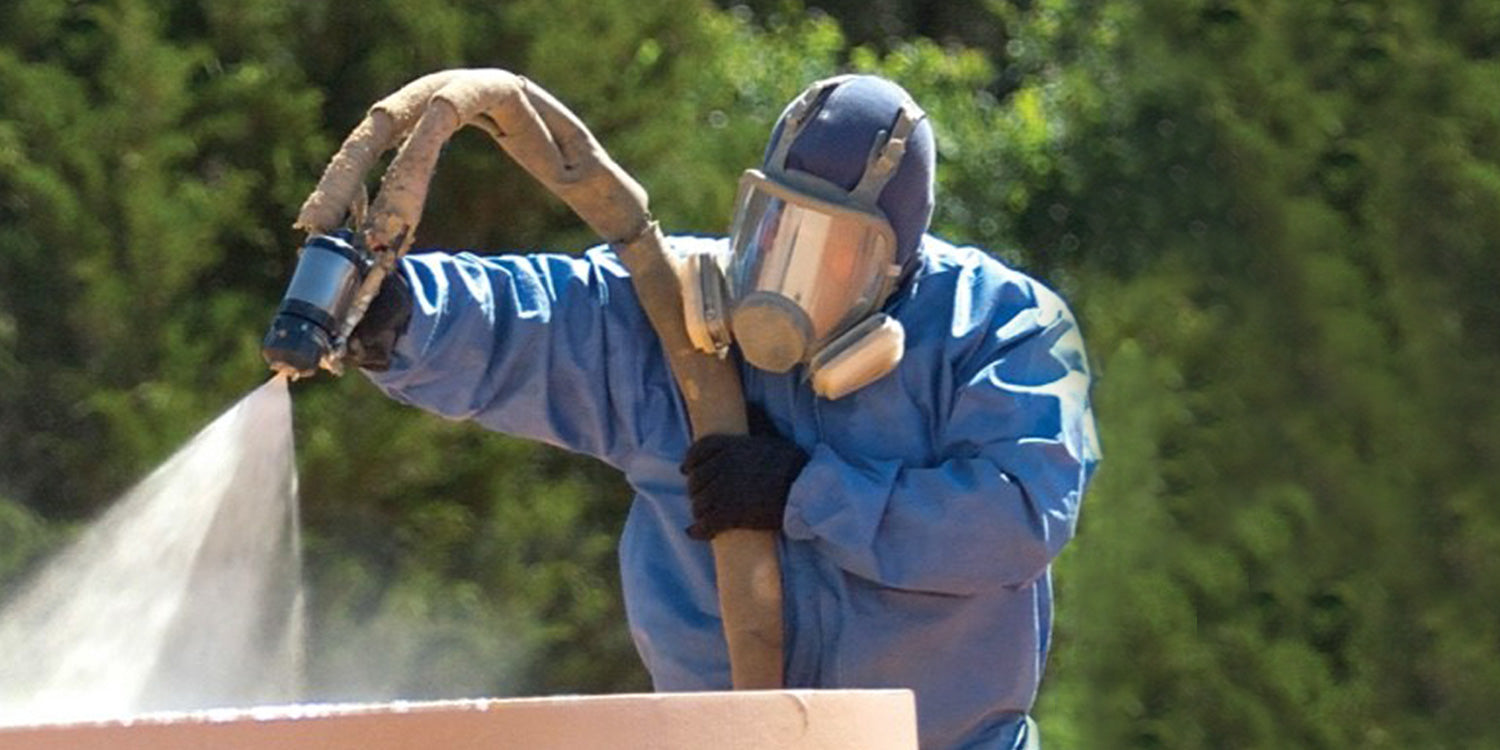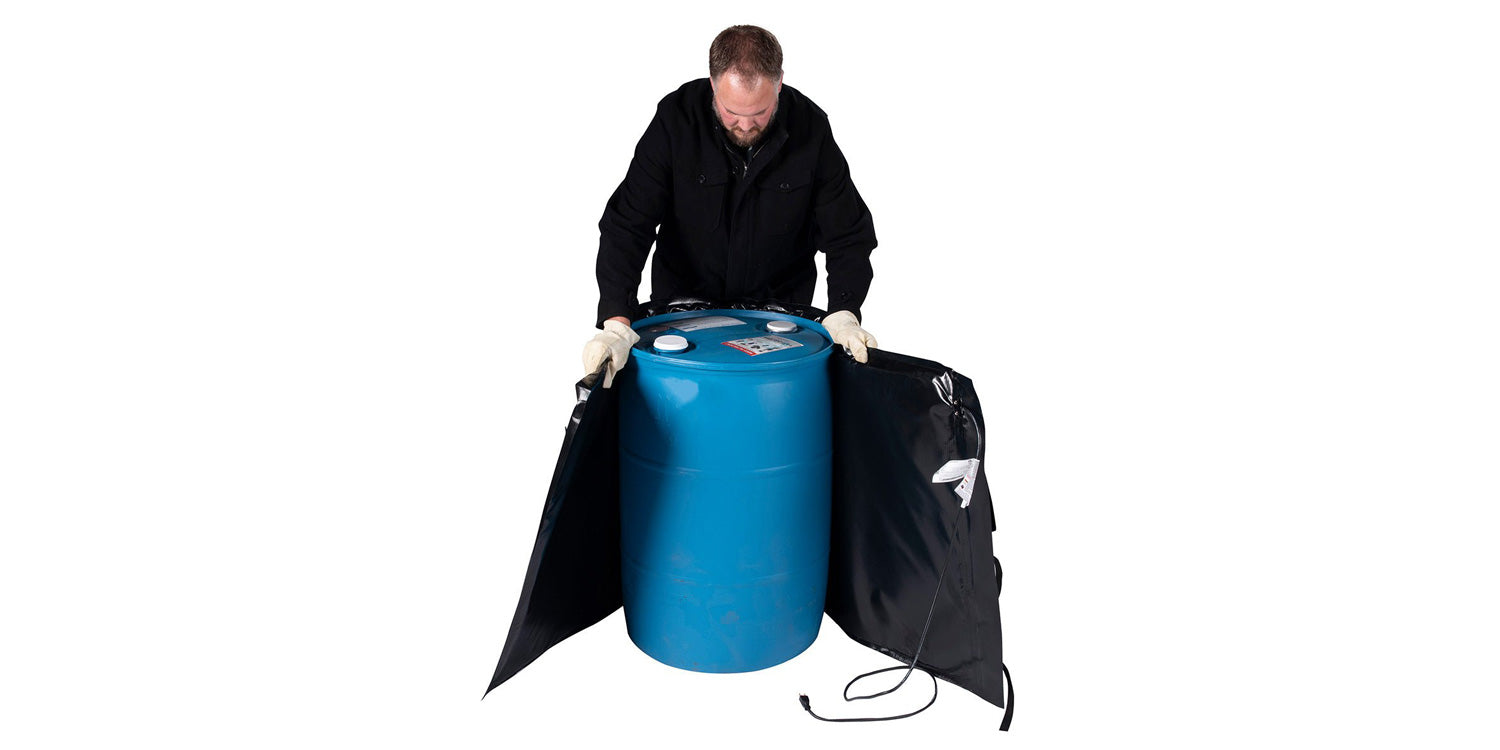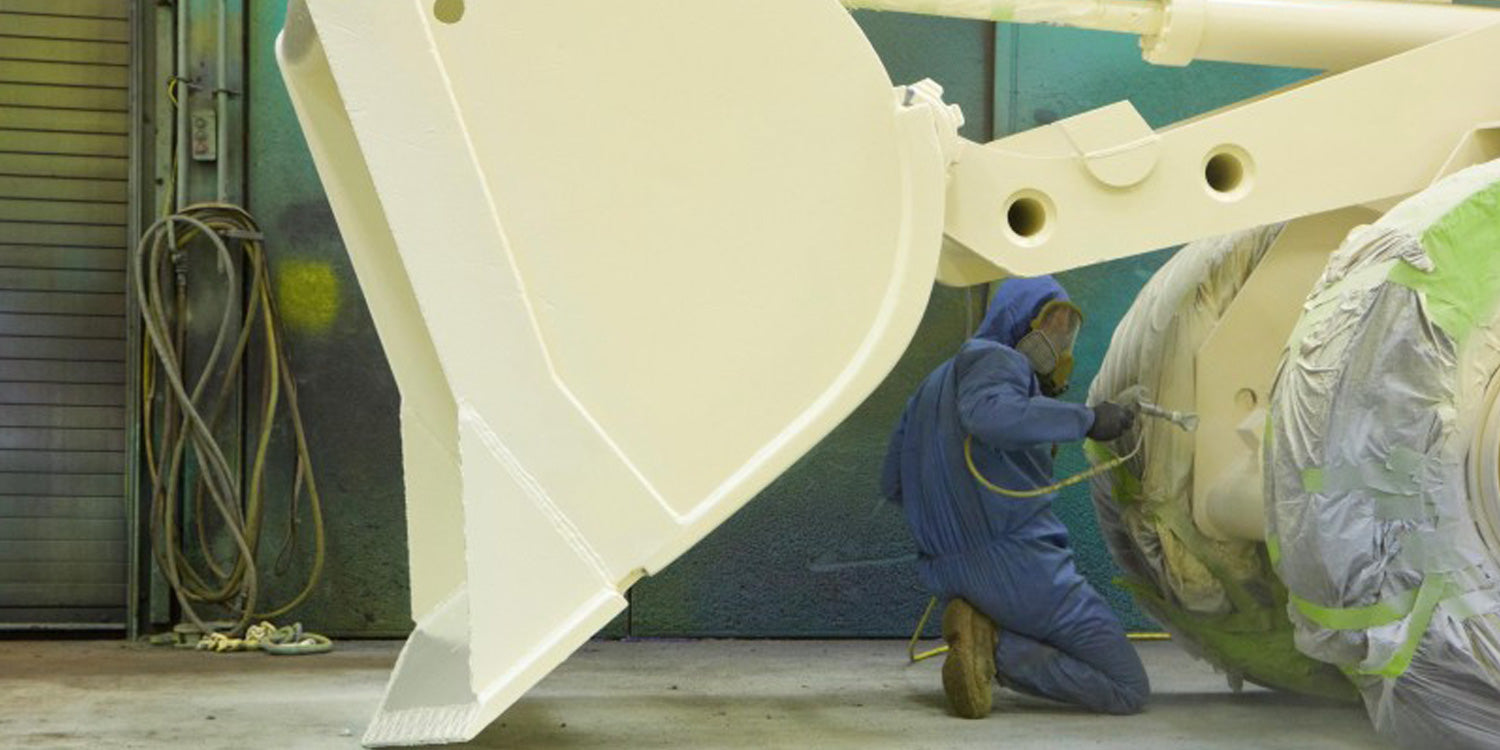Have you ever faced the annoyance of a clogged spray gun after leaving it connected to the hose for a couple of days? Here's a guide to help you keep your spray gun in perfect working order, avoiding these frustrating clogs in the future.
Firstly, it's important to understand what causes these clogs. The main reason for blockages is the crystallization of the A-side or isocyanate in the gun's fluid passages. This happens when the isocyanate, which reacts with moisture, hardens in the gun's small passages, preventing the smooth flow of material. When you pull the trigger, the gun fails to function correctly due to these blockages. Not only does this make for a bad start to your day, but it also necessitates disassembling and cleaning the gun. Over time, this can lead to damage and the need for part replacements due to the wear from cleaning, scraping, and drilling.
However, there's a straightforward way to prevent this from happening. The key is regular maintenance using a flush pot. A flush pot is a metal container with a coupling block and a short hose, designed to attach to the gun in place of the hose manifold. To use it, fill the pot two-thirds full with a mild plasticizer, such as Pump Fluid or Graco TSL, leaving enough space to pressurize it with air. Connect it to the gun, disengage the safety lock, and give the trigger a 10-second pull. This simple action cleans out all the fluid passages in the gun. After flushing, reconnect the gun to the hose manifold.
Incorporating this simple step into your routine, especially at the end of each day, is crucial for anyone using a spray foam insulation rig. It becomes even more important if you plan to leave your equipment unused for more than three days. Regular flushing with a flush pot can prevent numerous issues with your spray gun, saving you time, effort, and the cost of frequent repairs or replacements.







